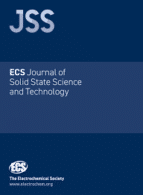
S. Armini, J. Loyo Prado, M. Krishtab, T. Conard, J. Meersschaut, Q. T. Le, P. Verdonck, and M. R. Baklanov
Abstract
This paper explores the effects of different wet surface treatments on low dielectric constant (low-k) materials and the consequences for the growth behavior of self-assembled monolayers (SAMs) from 11-cyanoundecyltrichlorosilane precursor on these modified substrates. Hydrofluoric acid (HF), tetramethylammonium hydroxyde (TMAH) and sulfuric peroxide mixture (SPM) treatments were performed on SiCOH low-k films to modify their chemical surface groups. Transmission FTIR and water contact angle analysis showed that the SPM and TMAH treatments changed the hydrophobic surface completely into a hydrophilic surface, while the HF changed it only partially. In particular, low-k surface hydrophilicity, thickness loss and refractive index increase associated with the TMAH activation are reported as a function of TMAH concentration, contact time and temperature. The density of the SAM molecules deposited from the vapor phase and their penetration degree in the bulk of the low-k films were found to be proportional to the density and depth of the hydroxyl groups created during the wet pre-activation, respectively. In a subsequent step, an HfO2 Atomic Layer Deposition was applied on top of the SAMs. The film stacks were exhaustively characterized after each step in terms of k damage and pore sealing by ellipsometric porosimetry, and Rutherford Backscattering Spectroscopy.
Related Compounds
